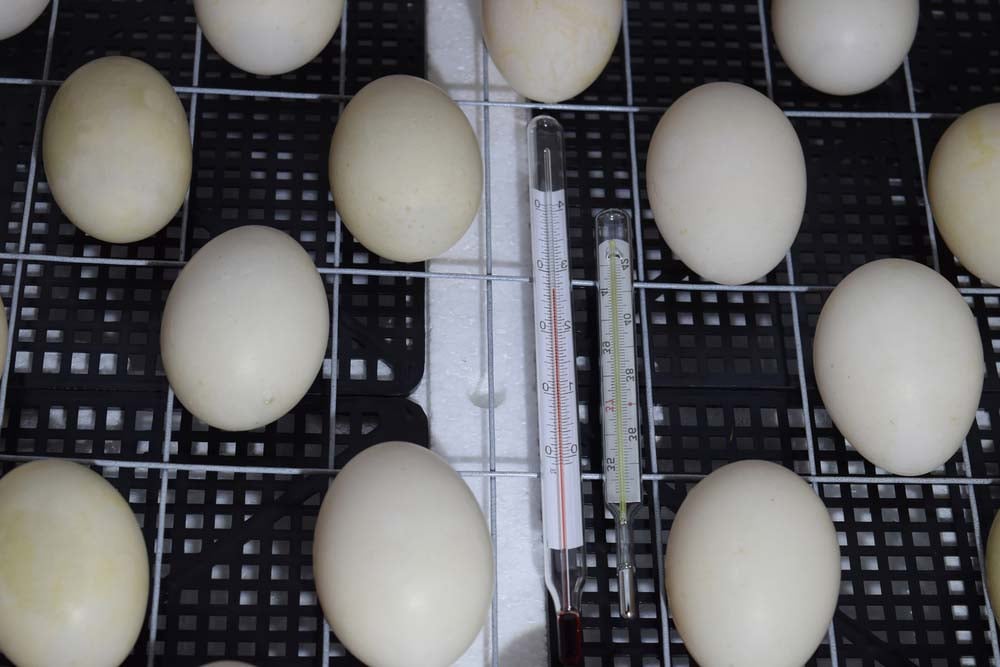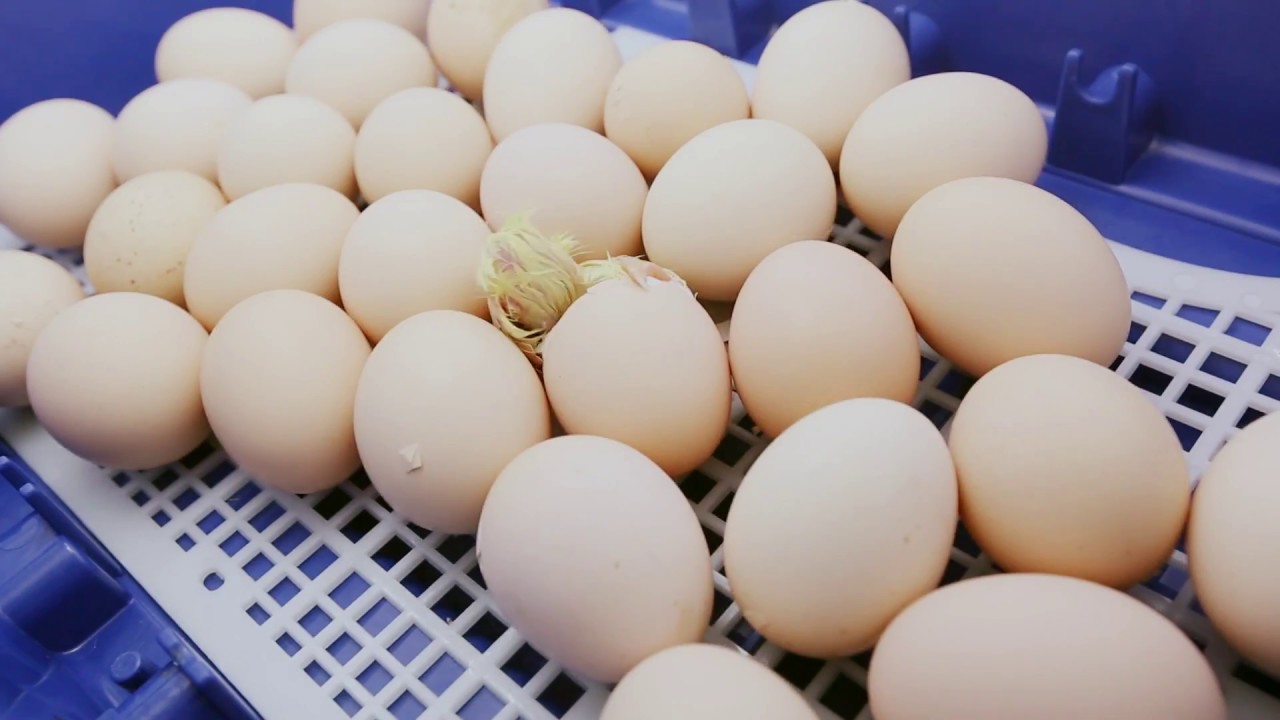Embarking on the journey of hatching eggs using an incubator is a fascinating venture for any chicken enthusiast. Understanding the chicken egg development stages in incubator is crucial for ensuring a successful hatch. Within an incubator, eggs undergo a remarkable transformation, leading to the birth of a chick. This article will guide you through the key stages of egg development and provide insights into the incubation process.

Understanding the Incubation Process
The incubation process is a delicate balance of temperature, humidity, and timing. Proper knowledge of these factors is essential for any successful hatch. With the right conditions, you can witness the miraculous development of life from a simple egg.
Setting Up the Incubator
Before you even place the eggs inside, setting up your incubator correctly is fundamental. Ensure that you have a reliable thermostat and hygrometer to maintain the optimal conditions for the eggs. It’s also vital to place the incubator in a stable environment to avoid any temperature fluctuations.
Temperature Control
Temperature is the most crucial aspect of incubation. The optimal temperature for incubating chicken eggs is around 99.5F (37.5C). It’s important to monitor the temperature regularly to prevent any deviations that could affect the development of the embryos.
Humidity Levels
Humidity plays a significant role in the incubation process. Ideally, humidity levels should be maintained at around 40-50% for the first 18 days, and then increased to 65-70% during the final days of incubation. This change is crucial for the chick’s ability to hatch successfully.
The Stages of Egg Development
The development of a chicken egg in an incubator can be broken down into several key stages, each of which is vital for the successful hatching of a chick.
Day 1-7: Embryo Formation
In the first week, the embryo begins to form. By the end of this period, the eyes and limbs start to develop, and the heart begins to beat. It’s a critical time for the embryo, and maintaining stable conditions is essential.
Day 8-14: Organ Formation
During the second week, the organs of the embryo continue to develop. The chick’s body takes shape, and feathers start to form. This stage is crucial for ensuring that the chick has the necessary body structure and systems to survive outside the egg.
Day 15-21: Final Development and Hatching
In the final week, the chick prepares for hatching. The yolk sac is absorbed, providing the chick with the nutrients needed for the initial days after hatching. As the chick grows stronger, it begins to move into position for hatching. On day 21, the chick will typically break through the shell in a process known as pipping.
Challenges and Solutions
Hatching eggs is not without its challenges. Temperature spikes, humidity issues, and improper turning can all impact the hatch rate. However, by monitoring your incubator and making necessary adjustments, you can overcome these hurdles.
Why Egg Turning is Important
Turning the eggs is crucial for ensuring proper embryo development. Eggs should be turned at least three times a day during the first 18 days. This process helps prevent the embryo from sticking to the shell and promotes even development.
Handling Temperature Spikes
If your incubator experiences temperature spikes, it’s important to act quickly. Slight adjustments to the thermostat and ensuring the incubator is placed in a stable environment can help mitigate these issues.
Additional Tips for Successful Hatching
Beyond the basics of temperature and humidity, there are additional tips that can help ensure a successful hatch. Monitoring the air cells, keeping the incubator clean, and ensuring proper ventilation are all important factors to consider.
Monitoring Air Cells
Regularly monitoring the size of the air cells can provide insights into the humidity levels within the incubator. If the air cell is too large or too small, it may indicate that humidity levels need to be adjusted.
Keeping the Incubator Clean
Maintaining a clean incubator is essential for preventing bacterial growth, which can affect the development of the embryos. Regular cleaning and disinfecting are recommended, especially before setting a new batch of eggs.

FAQs
Q: How often should I turn the eggs?
A: Eggs should be turned at least three times a day for the first 18 days to ensure even development.
Q: What should I do if the temperature spikes?
A: Quickly adjust the thermostat and ensure the incubator is in a stable environment to prevent further temperature fluctuations.
Q: How can I increase the hatch rate?
A: Consistent monitoring of temperature and humidity, regular egg turning, and maintaining a clean incubator are key to increasing the hatch rate.
For more detailed guidance on using an incubator to hatch eggs, check out this WikiHow guide.
For additional tips on chicken care, visit our articles on herbs for molting stress and cleaning a chicken coop.
This article contains affiliate links. We may earn a commission at no extra cost to you.











